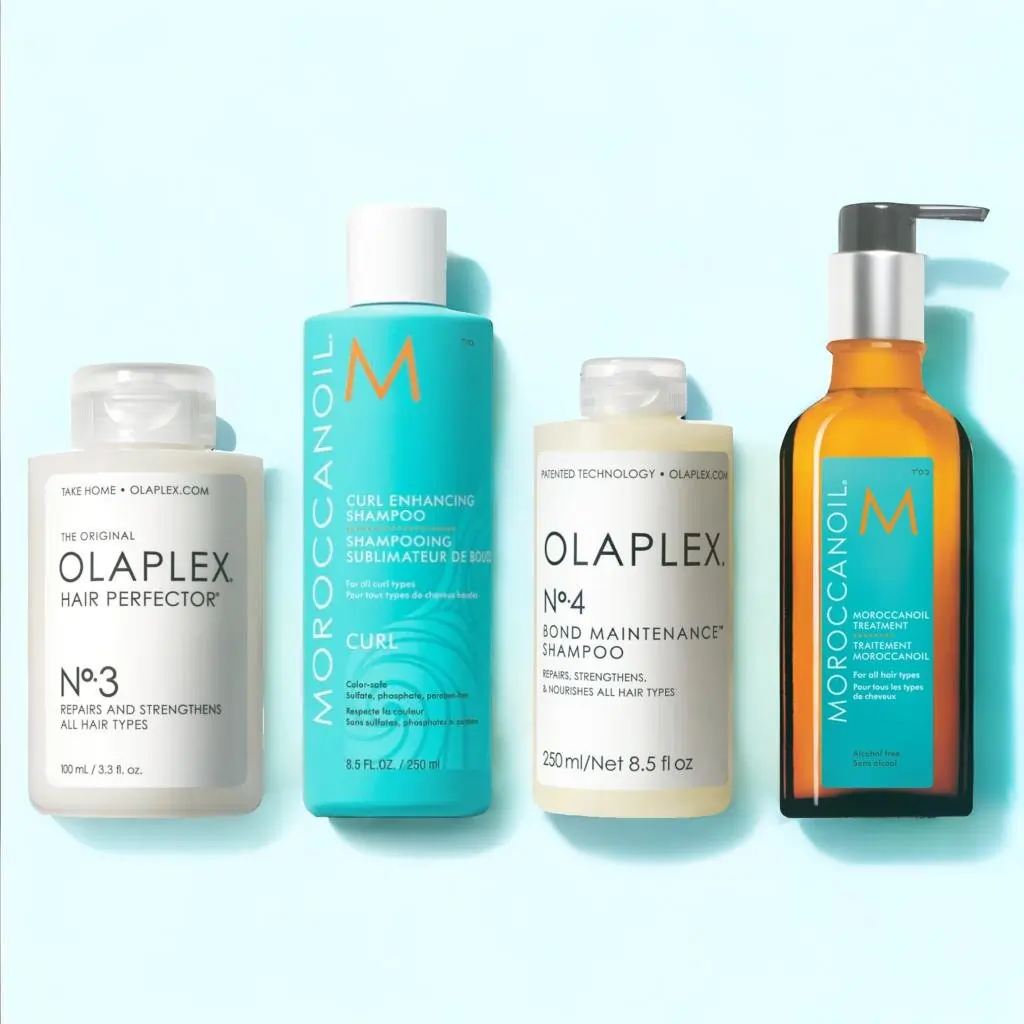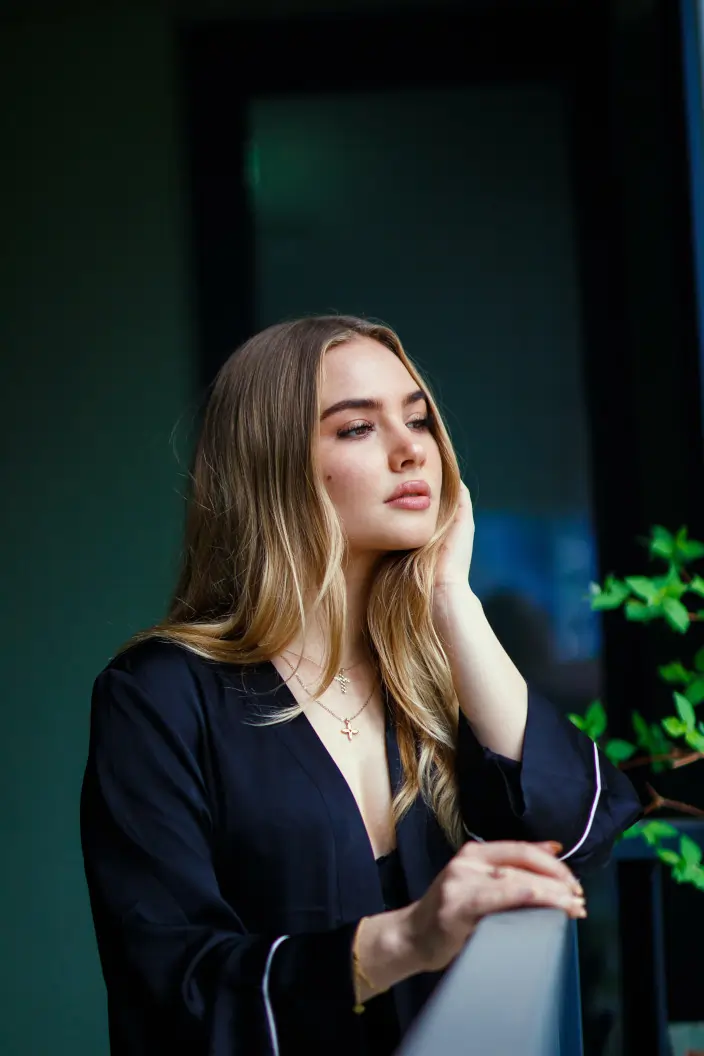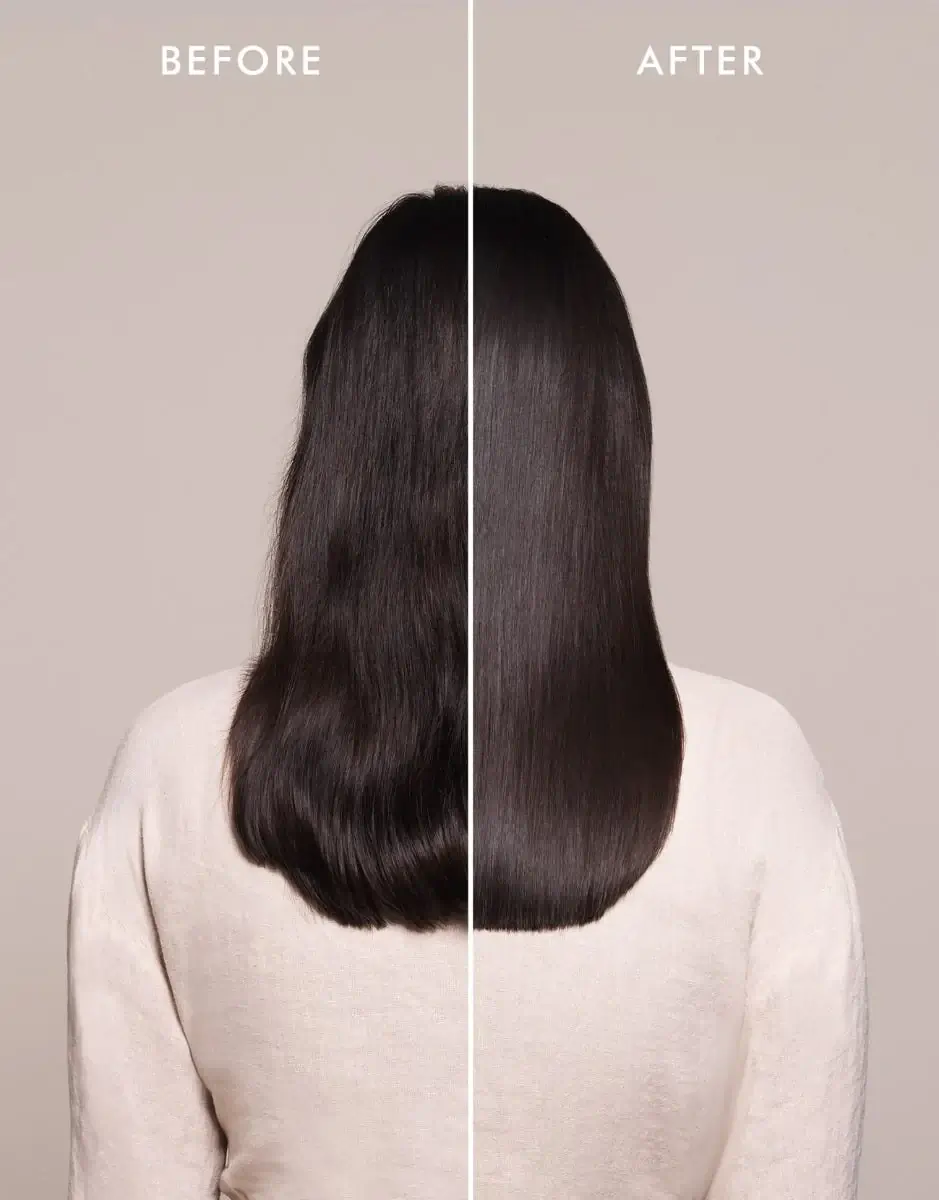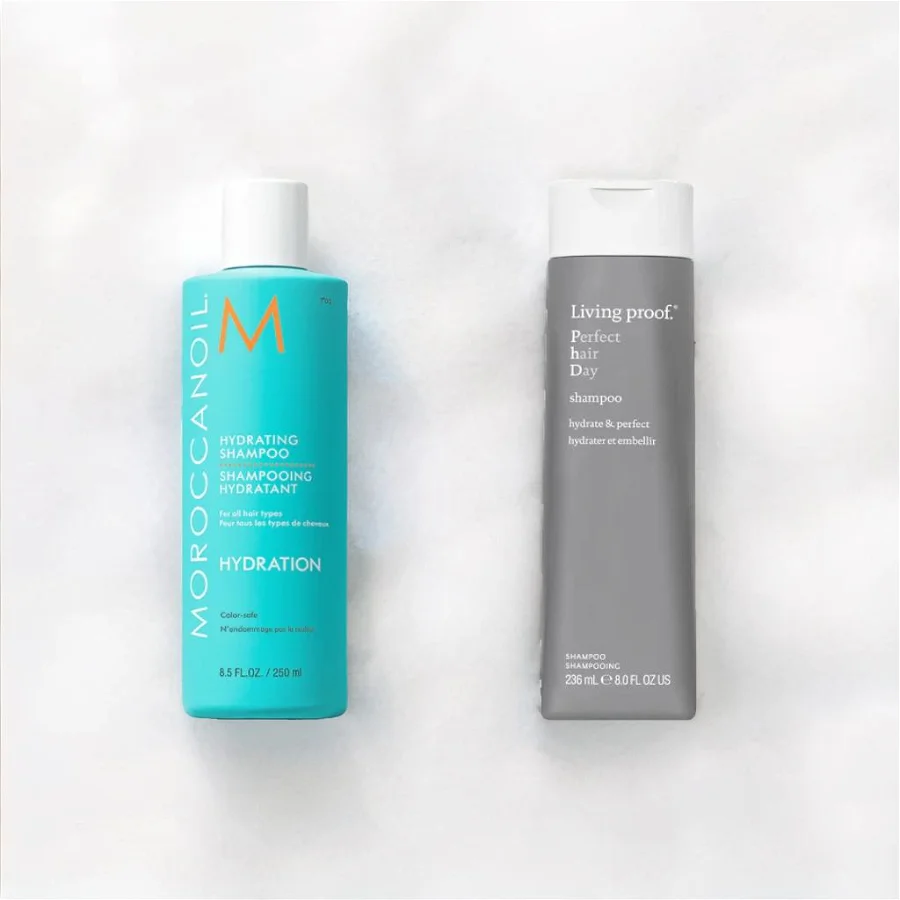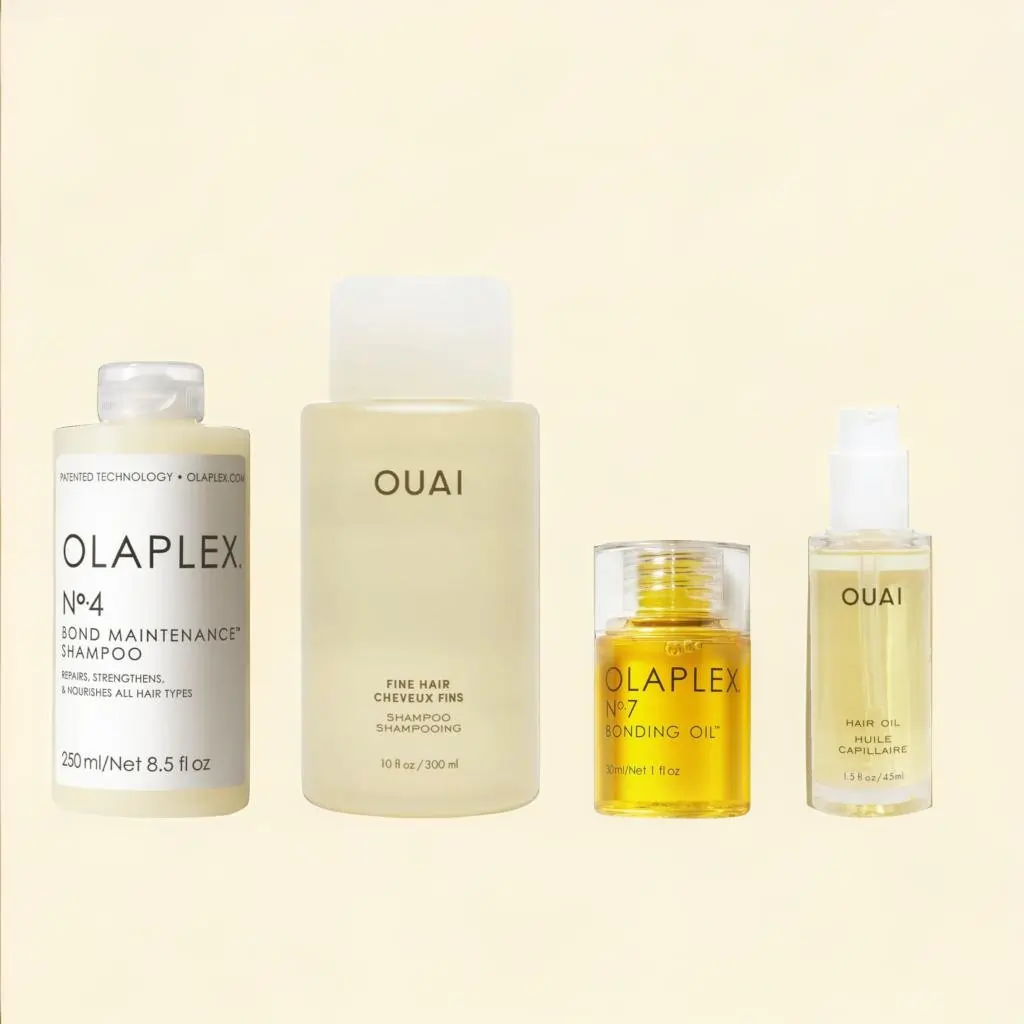
We're positive you've seen OUAI and Moroccan Oil on the shelves at your local beauty store or hair salon before.
Which is better, you ask? That's what we'll be finding out today as we compare the two side-by-side. OUAI vs Moroccan Oil - let’s get into it.
OUAI Hair Oil vs Moroccanoil Treatment
Whether or not you heat style your hair, there’s a chance you’ve likely dealt with the perils of dryness at some point. Maybe sunny, arid climates are to blame - or maybe you've used one too many harsh products recently (...I certainly have).
Regardless of the reason, you may be tempted to replace your shampoo, conditioner, and other styling products. This may help, sure, but perhaps the simplest solution is to add hair oil to your lineup.
Some of you may be thinking that this will only add to the trouble, making your hair greasy and weighing down your already lifeless strands. Au contraire! Yes, there are plenty that will do just that, but hair oils like OUAI Hair Oil and Moroccanoil Treatment Original will more than lend the nourishment your hair’s been missing.
While Moroccanoil claims that their formula is suitable for all hair types, it doesn’t appear this can be said for OUAI. (It’s not explicitly stated on the product label, anyway.) But it seems that both oils aim to achieve the same goals: taming frizz, sealing split ends, adding luster, and locking in moisture.
Ingredient-wise, Moroccanoil highlights argan oil and linseed extract as their star players. This antioxidant and fatty acid combo work to revitalize hair by providing hydrating nourishment, which improves your hair’s overall appearance. Thus, you can expect smoother, shinier, more manageable hair. In fact, according to an independent study, the Moroccanoil Treatment increased hair’s shine by up to 118% after just one use.
Also ideal for frayed ends and dull tresses, OUAI’s nutrient-packed formula is infused with a blend of African galanga, ama, and Asian borage oils. (More specifically, we counted 11 different oils total throughout the ingredient list!) And what’s more about this oil is that it also protects from heat damage, unlike its Moroccanoil counterpart. The results? Sleek, glossy strands and zero frizz.
In practice, I noticed much subtler differences between them. With Moroccanoil, the texture stood out immediately. It felt luxuriously rich yet didn’t weigh my hair down. This oil seemed to effortlessly tame my flyaways, a persistent issue for me, especially in humid conditions. Moving on to OUAI, what caught my attention was how it seemed to enhance my hair's natural texture. My curls were more defined and less prone to frizz, even on damp, rainy days. Moreover, OUAI left a distinctive, non-greasy finish that worked wonderfully for my hair's fine texture.
As if this comparison wasn’t already tight enough, both oils also seem to have an extensive fanbase, as each boasts 5-star ratings and hundreds of reviews. But they do differ considerably when it comes to cost and sizes available. Moroccanoil’s sizes include .85oz, 1.7oz, and 3.4oz. Pricewise, the costs are $18, $35, and $48. Conversely, OUAI only offers two sizes: .45oz and 1.5oz. The travel size bottle is $16 while the full-size is $30.
Decisions, decisions. We love that OUAI provides heat protection in addition to all its other benefits, but Moroccanoil’s range of sizes makes our purses particularly happy. So, hopefully shedding light on who Moroccanoil and OUAI are as companies will offer some more clarity.
Sustainability is a massive priority for Moroccanoil, which has led them to commit to using less virgin plastic and more recycled material over the next five years. They’re also PETA-certified cruelty-free, but not 100% vegan. Additionally, they’ve partnered with and donated to nonprofits such as Oceana, which focuses on ocean conservation.
On the other hand, it doesn’t appear that OUAI has any sort of mission statement around sustainability or charity work. They do, however, offer refills for many of their formulas, which means less consumption of single-use plastic. (Hey, at least it’s something.) According to Sephora, OUAI is also cruelty-free but not fully vegan as a brand.
If you're seeking an oil that multitasks with heat defense, OUAI is your go-to. However, for classic nourishment and a dramatic boost in shine, Moroccanoil is the superior choice. Price and size options further differentiate them: Moroccanoil provides more size choices and a higher price point, whereas OUAI's offerings are more limited in size but slightly more affordable.
To round off our review, here are our recommendations for the other best-selling ranges and products that OUAI and Moroccanoil offer.







